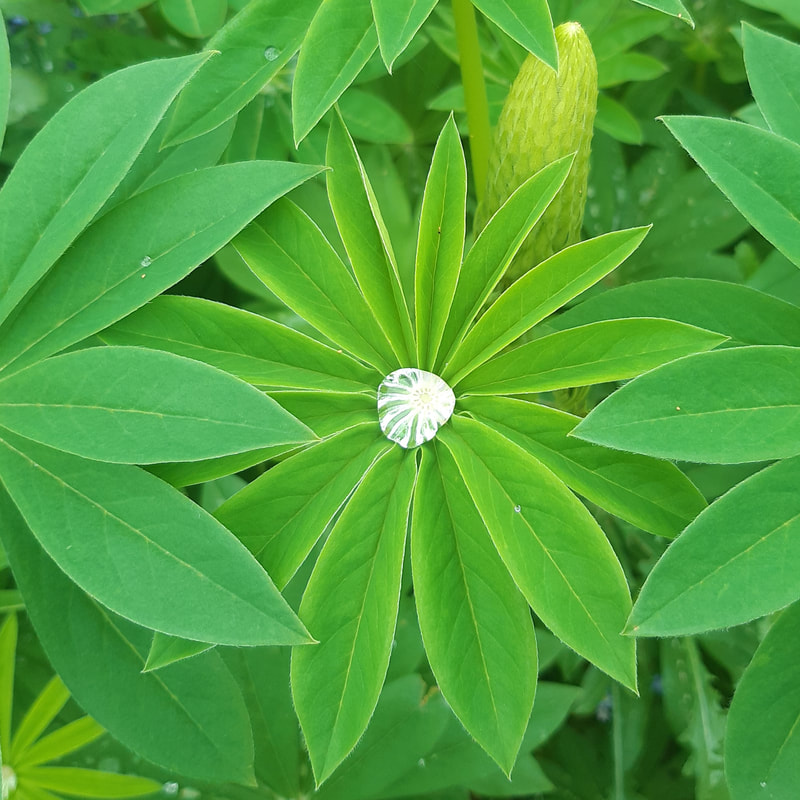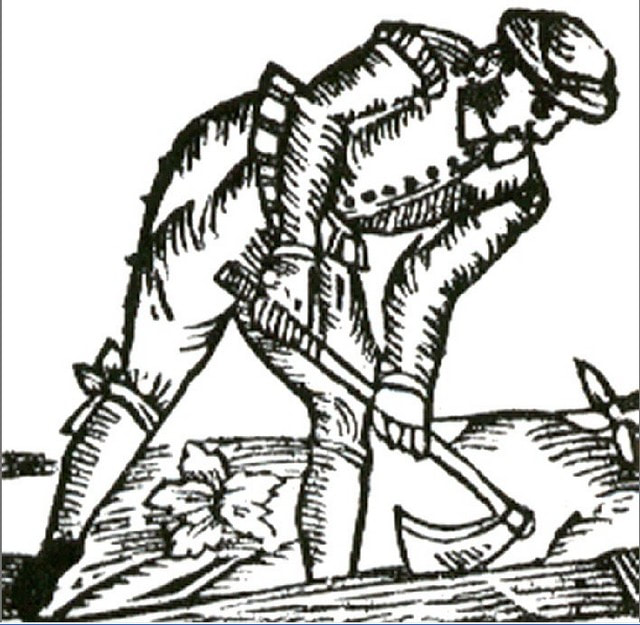|
0 Comments
In Shakespeare’s The Winter’s Tale (Act IV, Scene 4) Perdita says
“The marigold, that goes to bed wi’ th’ sun And with him rises weeping”, The ‘weeping’ refers to the dew that forms on the flowers in the morning. Marigolds appears in other Shakespeare plays: “The purple violets, and marigolds, Shall as a carpet, hang upon thy grave While summers days do last”. Pericles (Act IV, Scene 1) “And winking Mary-buds begin To ope their golden eyes:” Cymbeline, Act II, Scene 3 In Tudor times, the herb and flower of the marigold was often consumed in salads and soups. It is an annual that grows from one foot to 30 inches in height. It can be planted out in April and May – or once the soil has warmed to the touch and - flowering can be expected from springtime to autumn. Placing French Marigolds in the vegetable patch will help increase the diversity of plants and wildlife, increase resilience, protect the soil and keep the garden growing strong. Marigolds produce compounds that are nematicides, a compound that kills nematodes – which are microscopic thread-like creatures, that act as parasites on other insects. Nematodes release bacteria into the host’s body to kill them and it in turn then eats the host. Therefore, this is a biological - not chemical - pest control against slugs, vine weevils and ants. It is thought that marigolds act as a host for the nematodes; for example, the nematodes invade the marigold roots in the same way they invade a tomato root but within the marigold root, the natural nematicides of the plant kills the nematode and prevent it from breeding. Over time the population of nematodes decreases. It is possible that the Marigold’s nematicides are released into the soil and that the nematodes in the vicinity of the roots are killed. Many gardeners believe that marigolds will attract ladybirds, lacewings, hoverflies, parasitic mini-wasps and other predatory insects that will eat aphids and other pests which can damage crops. Also, Marigolds are not just a good companion plant – they are an edible crop in their own right.
In the England during the 12th to 15th centuries, a franklin was a member of a certain social class or rank. In the Middle English period, a franklin was simply a freeman; that is, a man who was not a serf.
|
Archives
August 2023
|








 RSS Feed
RSS Feed
